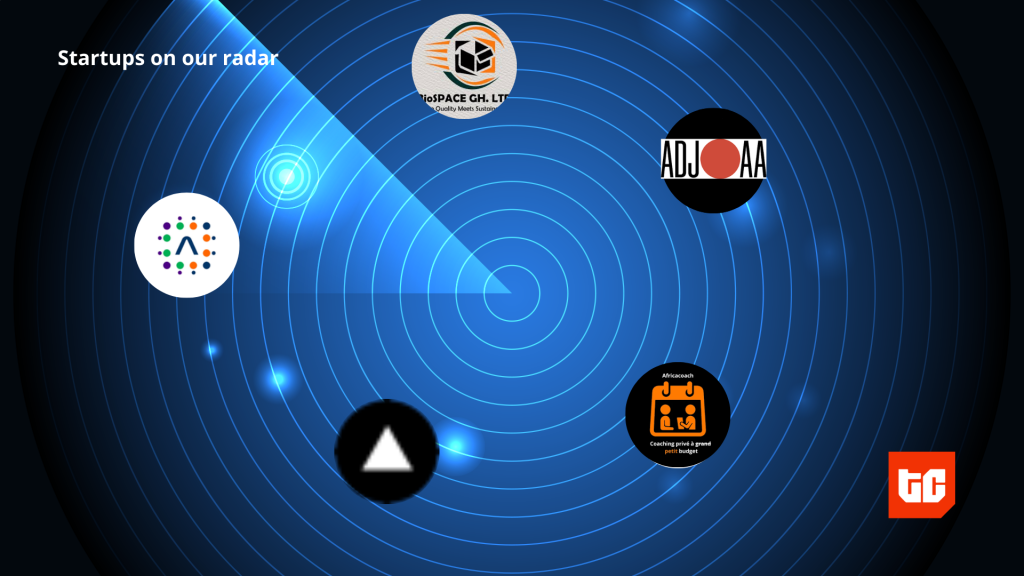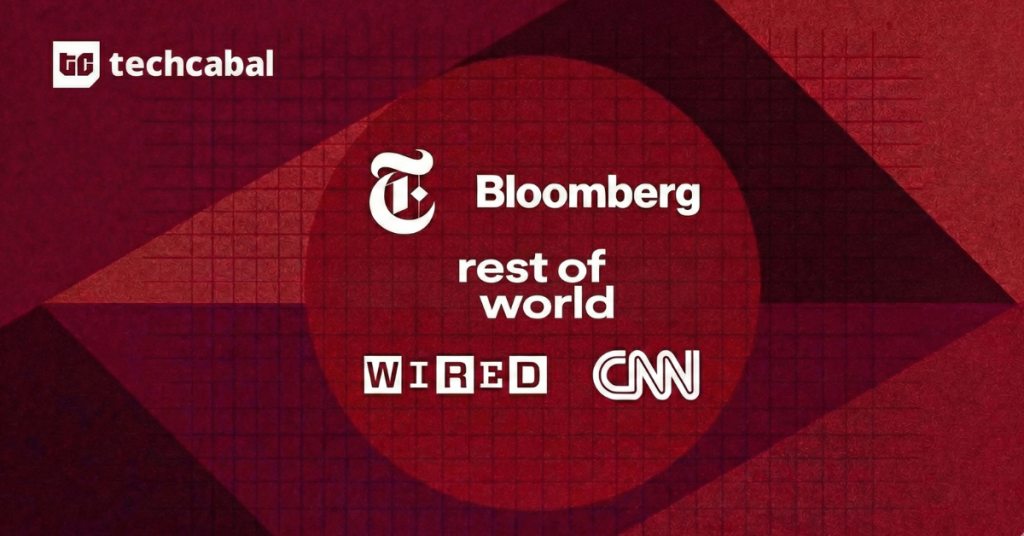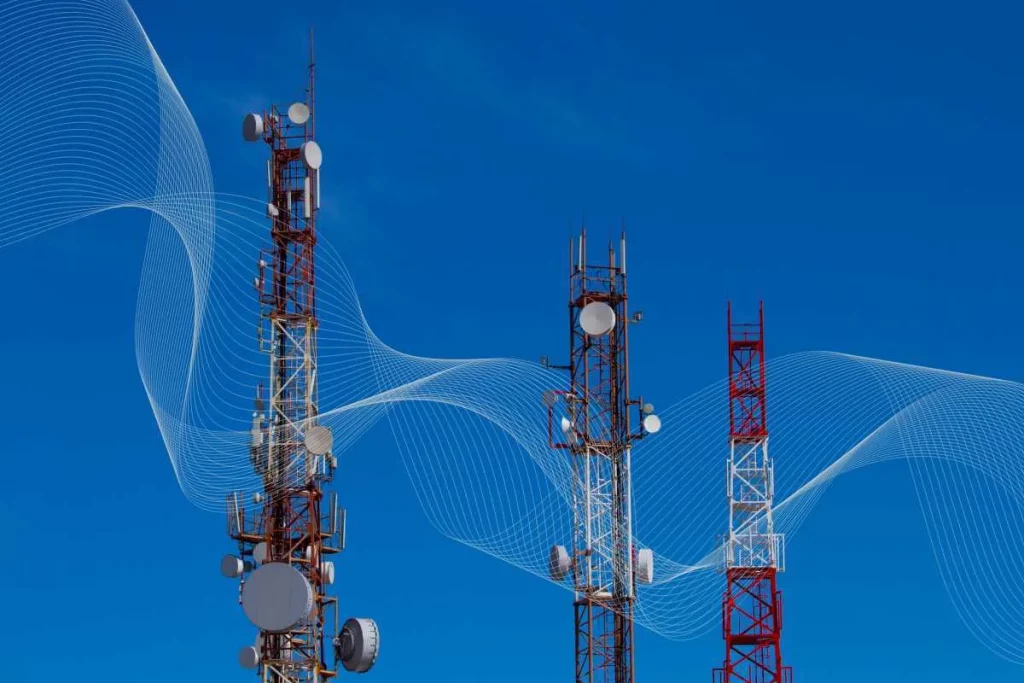Investors are committing more funds to building larger data centres across the country in view of the increased data storage demand that will follow the existence of eight subsea fibre optic cables in Nigeria.
Ayotunde Coker, CEO of Open Data Access Centre (OADC), told TechCabal that the increasing number of submarine cables means that a lot of big data will be captured and require massive storage capacity. This is responsible for the renewed deployment of capital into hyperscale mega data centres in the country. The companies currently building hyperscale data centres in Nigeria include Kasi, Rack Centre, and OADC.
Kasi Cloud Limited began construction of its hyperscale or Tier IV data centre, modelled after the Silicon Valley technology parks, in 2022. The facility, worth $250 million, will be located in Lekki, Lagos, and is expected to go live in 2024.
Rack Centre, a Tier III data centre company, started building a 12-megawatt IT data centre at Ikeja, Lagos in 2023. The data centre is situated on a 20,000 square metre green field site and sits at over 30 metres above sea level.
Construction of OADC’s hyperscale data centre began in 2022. The company is building a data centre with a capacity of 24 megawatts of power.
“You will see that from the end of this year, the facilities with hyperscale spec will become available, almost like every quarter into the year after. It is like the tipping point is happening,” Coker said.
Before now, most investors have built Tier III data centres, the second-highest certification in the Uptime Institute’s system of classifying data centre performance into four tiers. Tier III data centres such as MainOne Data Centre and Rack Centre offer additional reliability over Tier II in the form of N+1 redundancy and multiple power and cooling distribution paths.
Hyperscale data centres have much larger capacities and infrastructure. These facilities are massive business-critical facilities designed to efficiently support robust, scalable applications and are often associated with big data-producing companies such as Google, Amazon, Facebook, IBM, and Microsoft. Hyperscale data centres usually exceed 5,000 servers and 10,000 square metre.
South Africa built the first hyperscale data centre in sub-Saharan Africa seven years ago. In Nigeria, companies like Google, Microsoft, and Facebook stored some of their data with data centres like MainOne, but the majority of their data storage needs have come from outside the country. A MainOne spokesperson told TechCabal that it had been providing storage for companies like Google and Microsoft.
There is also an increase in the construction of other tiers of data centres. In March, Airtel broke ground on Nxtra, a data centre with a total capacity of 180 megawatts distributed across 13 major data centres and over 48 Edge data centres. Medallion also recently expanded its data centre facility to add a three-floor building with 1 megawatt of IT capacity and 232 racks.
So far, the eight subsea cables that have landed in Nigeria include MainOne cable with a capacity of 10tbits; ntel’s SAT-3 with 800gbits; Globacom’s GLO-2 12Tbits); Africa Coast to Europe Cable System with a capacity of 5.5tbps; WACS (14.5tbits);, Equiano (144tbits); the Nigeria Cameroon Submarine Cable System (NCSCS) with capacity of 12.8tbps; and 2Africa (180tbits).











